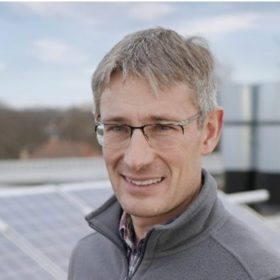In this pv magazine Webinar, developed in partnership with Q Cells, we will examine some of the different approaches to high-density module design that are appearing on the market, placing recent progress within the context of other developments in the module market, and examining the areas where solutions are still needed.
Filling in the gaps: The evolution of high-density module design
High density modules are a growing trend among manufacturers. It’s a simple premise: Reducing the gap between cells, increasing the active generation area of the modules rather than making it larger, can lead to better energy performance per square meter. But the landscape for this emerging technology is complex, manufacturers are trialing several different approaches, each with its own advantages and disadvantages.
In this pv magazine Webinar, developed in partnership with Q Cells, we will examine some of the different approaches to high density module design that are appearing on the market, placing recent progress within the context of other recent developments in the module market, and examining the areas where solutions are still needed.
We will be hearing from Bengt Jaeckel, Team Leader in Reliability of Solar Modules and Systems at the Fraunhofer Center for Silicon Photovoltaics, who will take a closer look at some of the different approaches to high density design, including shingling, paving and gapless design, and examine the broader trend toward these types of module and the advantage manufacturers are hoping to gain.
And we will then take a closer look at Q Cells latest module offering, which takes a ‘zero-gap’ approach to high density design. Global Product Manager Jürgen Steinberger will be taking us through the features of the modules and offering some insight into why Q Cells has chosen to develop a high density module, and why its gapless approach to the design will offer improved power density alongside other benefits.
Webinar content
- Zero-gap, shingled, paved: Different high density approaches, and advantages and disadvantages of each.
- Technical challenges to closing the gap between cells in a module.
- Other techniques to boost module power density
- Why watt-peak per square meter is an important factor in module design
- The impact of larger wafer sizes
Be part of the conversation!
Questions can be submitted beforehand or during the webinar through a chat window.


